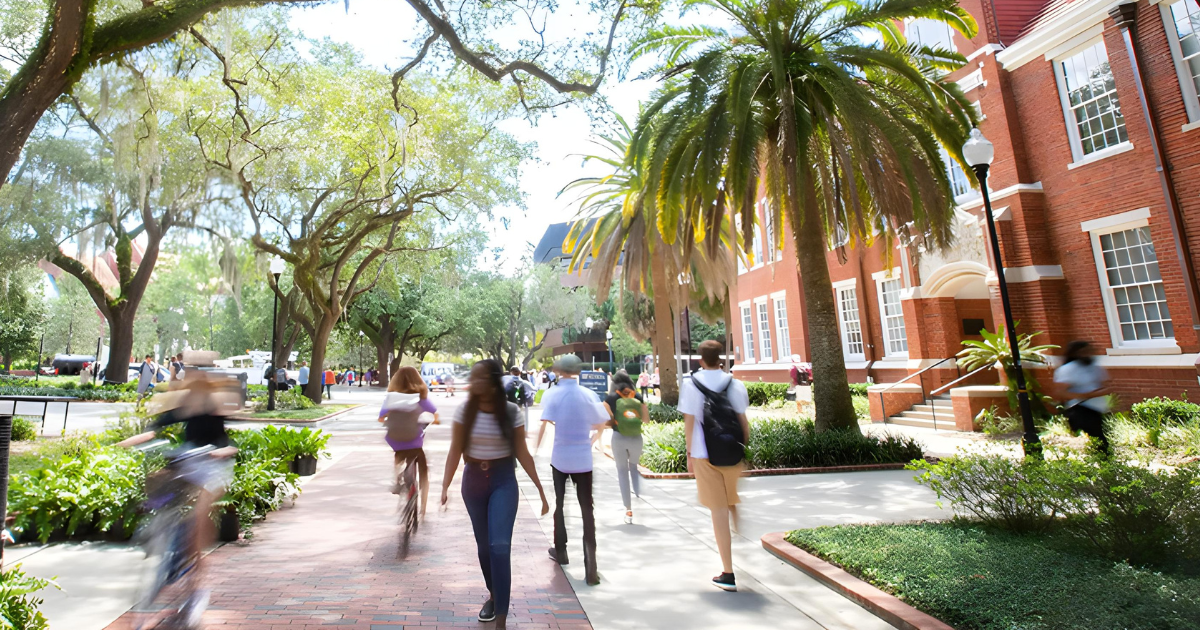Astronomers have discovered the remains of nearly two dozen exploding stars in the Milky Way, thanks to detailed radio observations that could reveal many more such events in the Galaxy.
A star in the Milky Way is expected to explode as a supernova about once every 100 years. These violent detonations – the dramatic final death throes of massive stars as they run out of fuel – can eject vast clouds of dust and gas to locations many light-years from the star.
These “supernova remnants” can persist for thousands of years before dissipating. Studying them can reveal useful information about the Galaxy, since they often contain heavy elements that give rise to other stars, planets, and even life itself.
Hundreds of these remnants have been found throughout the Milky Way, but astronomers believe they have observed only a fifth of the total number. Most are detecting the radio emissions of the wreckage as it expands, revealing its otherwise invisible shapes, but many are too faint to pick up.
“There is the problem of missing supernova remnants,” Brianna Ball, who studies astronomy at the University of Alberta (Canada), explained in dialogue with the scientific journal Nature. “We know how many we should see, and we see much less than that,” she added.
On January 16, however, a project led by Ball revealed a new way to track supernova remnants. It combined the observing power of the Australian Square Kilometer Array Pathfinder (ASKAP), a 36-antenna radio telescope located in Western Australia, with that of the Parkes Observatory, a single satellite dish located in New South Wales, Australia, to detect remnants of supernovae never seen in an area of the night sky.
“We discovered 21 new candidates,” said Roland Kothes, a radio astronomer at the National Research Council of Canada in Victoria and Ball’s supervisor. “This image was the first test we did, and it worked spectacularly well,” he detailed. The work has not yet been published.
The image released by the team contains five of the 21 newly discovered supernova remnants, including one shaped like a figure eight, faintly visible in the upper left. The image was taken along one of the Milky Way’s spiral arms, the Norma Arm, near the dense Galactic Center, where dust and gas greatly obscure visible light.
According to Carlos Badenes, an astronomer at the University of Pittsburgh (Pennsylvania) who studies supernova remnants, finding these new remnants can provide us with more information about “the types of stars that explode as supernovae.” “It’s really great that these guys are doing this,” he said.
ASKAP began a five-year survey of the entire Southern Hemisphere sky, which represents half of the visible Galaxy, last year. Many more supernova remnants are expected to appear. “We are detecting sources that previous telescopes would not have been able to detect because they did not have the necessary resolution or sensitivity. We expect it to discover a large population,” Ball concluded.


